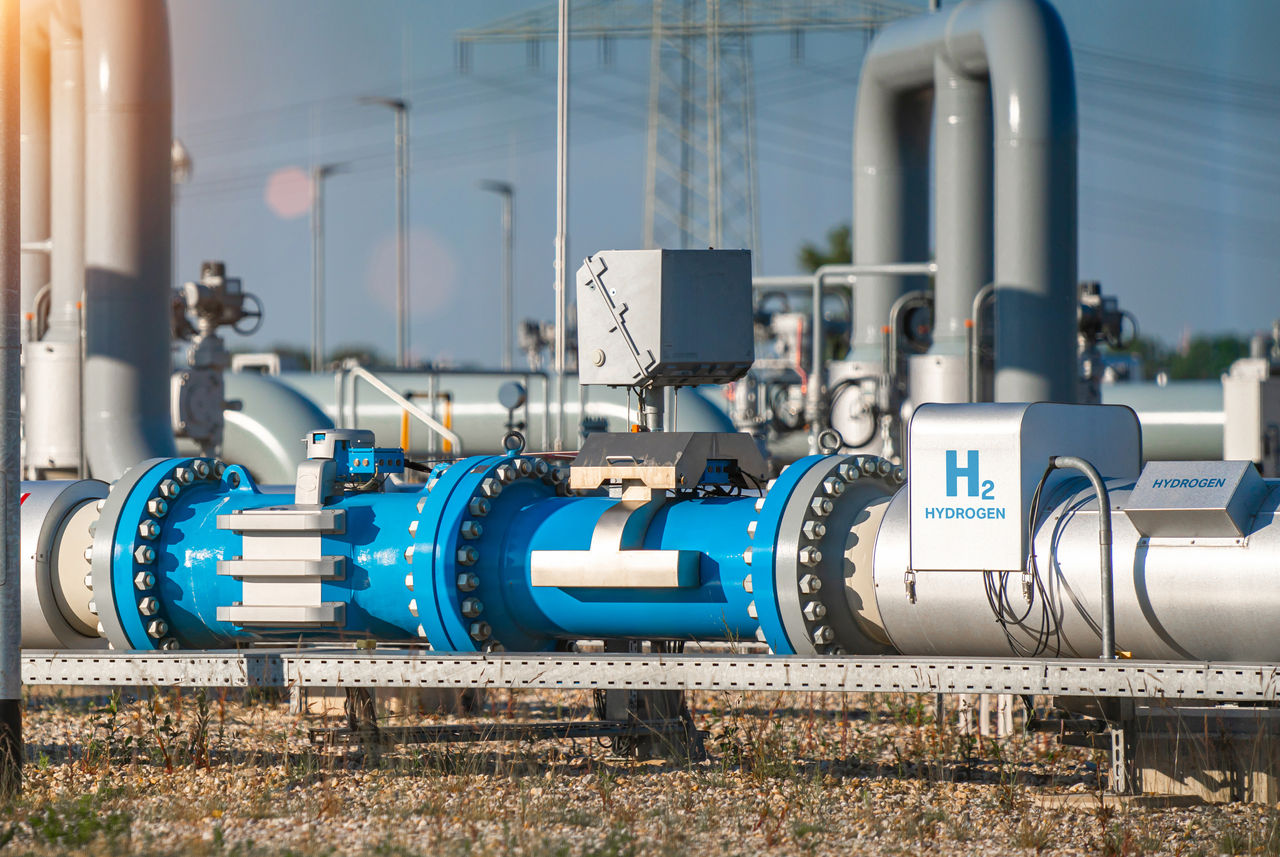Rapid growth in electrolyzers, refueling corridors, and blue/green hydrogen hubs is reshaping compressor supply chains. Flanged cylinder sleeves—critical wear components that guide piston motion and seal process gas—are now central to project timelines, availability targets, and bankability. As capacity commitments rise, developers need sleeves that combine hydrogen-aware metallurgy, fatigue strength, and repeatable installation.
Market Drivers and Project Landscape
As governments and industry align on decarbonization, hydrogen compression is moving from pilot scale to corridor build-outs serving mobility, pipelines, and ammonia conversion. This shift multiplies the number of multi-stage, oil-free compressors operating at high pressure ratios, elevating the performance requirements of flanged sleeves.
Recognizing the inflection, Boberry has focused on standardized sleeve families that shorten qualification while allowing site-specific tweaks to coatings, gasket stacks, and bolting strategies. The result is a modular approach: common footprints across frames, paired with tailored bore finishes and flange geometries to suit pressure classes, gas purity, and duty cycles.
Design Priorities for Hydrogen Duty
Because hydrogen molecules are small and diffusion-prone, leakage control starts at the flange joint. Robust gasket selection, surface flatness, and controlled fastener preload protect against micro-leak paths across wide thermal swings. Inside the bore, honed, plateau-finished surfaces reduce ring wear while maintaining low friction in dry or near-dry conditions. Stress concentration is addressed with generous fillet transitions, optimized flange thickness, and anti-rotation features that hold alignment under vibration. Tight concentricity and roundness tolerances keep rings tracking true, safeguarding efficiency as stage pressures climb. Collectively, these decisions extend maintenance intervals and stabilize compressor isentropic efficiency.
Materials, Metallurgy, and Manufacturing
Hydrogen embrittlement risk narrows the alloy set to inclusion-controlled low-alloy steels, precipitation-hardenable stainless, and select Ni-bearing grades treated for toughness and crack resistance. Grain flow is engineered via ring-rolling and closed-die preforms so fibers wrap the flange—boosting fatigue strength exactly where bending is highest. Downstream heat treatment (normalize and temper or precipitation harden) maps hardness and yield to duty demands. Finish machining then targets straightness, waviness, and bore geometry that preserve seal life.
Non-destructive testing—UT for subsurface quality, MPI/fluorescent penetrant for surface anomalies—and helium leak checks validate integrity before shipment. To compress lead time without sacrificing traceability, many EPCs consolidate preforms, machining, and inspection through a single forging service provider.
Quality, Standards, and Documentation
Hydrogen projects attract rigorous third-party oversight. Suppliers increasingly align with ISO 9001/14001 frameworks, API/ASME-informed practices for pressure components, and controlled calibration chains for metrology. Material test reports link heat numbers to mechanicals and chemistry; PMI verifies alloy identity post-machining; dimensional records capture bore, flange, and bolt-circle data; and serialized device-history files support audits. For brownfield upgrades, reverse-engineering workflows—3D scanning, GD&T extraction, and finite-element validation—de-risk fit while confirming that new sleeves meet legacy cylinder constraints.
Procurement Strategy and Supplier Collaboration
Early engagement converts process requirements—gas dryness, impurities, target compression ratios, expected thermal gradients—into manufacturable drawings and inspection plans. Co-engineering accelerates qualification by agreeing on coatings, gaskets, bolt lubricants, and torque-angle procedures upfront.
Selecting a cylinder sleeve manufacturer with hydrogen-specific references ensures practical guidance on flange sealing, bore finishes, and repair pathways. Multi-site programs benefit from platformed sleeve SKUs that standardize spares and tooling across stations, reducing inventory and training burdens while maintaining common QA documentation.
Conclusion
Hydrogen’s scale-up is repositioning flanged cylinder sleeves from commodity spares to mission-critical assets. Teams that blend hydrogen-tuned design, robust metallurgy, disciplined finishing, and auditable QA will safeguard uptime, efficiency, and safety—keeping compression plants on schedule and the broader energy transition on track.


